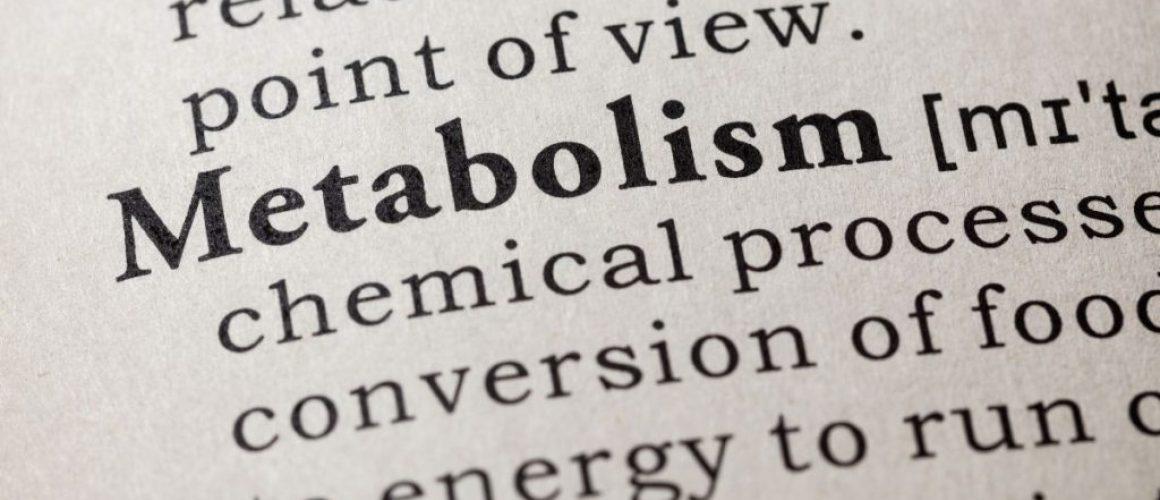Bacterial metabolism and energy production
Table of Contents
Key Summary Table: Bacterial Metabolism
| Aspect | Description |
|---|---|
| Definition | Bacterial metabolism refers to the chemical reactions that occur within a bacterium to maintain life. |
| Energy Production | Bacteria produce energy through the process of metabolism, which involves the breakdown of nutrients. |
| ATP Role | ATP, or adenosine triphosphate, is the energy currency of the cell, providing the energy needed for various cellular processes. |
| Types of Metabolism | Bacteria can have different types of metabolism, including aerobic respiration (in the presence of oxygen) and anaerobic respiration or fermentation (in the absence of oxygen). |
| Impact on Human Health | Bacterial metabolism plays a significant role in human health, with gut bacteria helping to break down food and produce vitamins. |
Bacterial metabolism, the powerhouse behind those tiny organisms we often overlook, is a fascinating world of energy production. Intrigued? Stick around as we unravel this microscopic marvel in an easy-to-understand manner!
Introduction
Ever wondered how bacteria, those tiny microorganisms, get their energy and keep themselves alive? Bacterial metabolism, a term that might sound complex, is simply the process by which bacteria obtain the energy and nutrients they need to live and reproduce. It’s a fascinating world, one that is integral to our own survival and health. In this article, we’ll explore bacterial metabolism and energy production, shedding light on the intricate processes that keep these microscopic entities alive.
Bacteria are the only culture some people have.
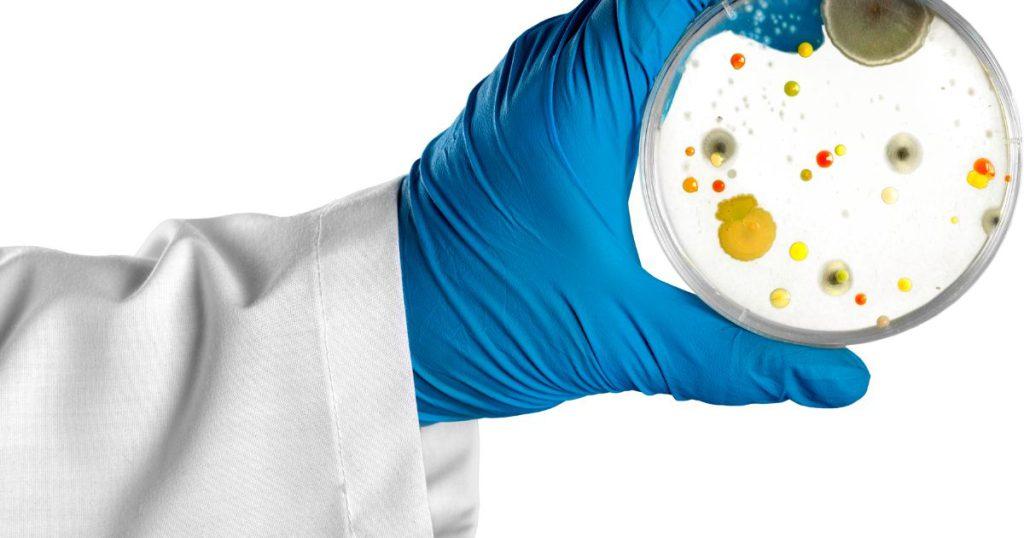
Understanding Bacteria
| Bacteria Characteristics | Description |
|---|---|
| Size | Microscopic |
| Habitat | Everywhere, from soil to human gut |
| Diversity | Thousands of different species |
| Shape | Variety, from spheres to rods to spirals |
| Role | Some beneficial, some harmful |
Before we dive into the world of bacterial metabolism, let’s first get to know these microscopic creatures a bit better. Bacteria are single-celled organisms that exist in their millions, in every environmental condition, in every habitat on Earth. They can be found in soil, in the deepest parts of the ocean, in hot springs, and even in the human gut. Despite their small size, bacteria play a significant role in the world’s ecosystems and in our daily lives.
Bacteria are incredibly diverse, with thousands of different species known to science. They come in a variety of shapes and sizes, from spheres to rods to spirals. Some bacteria are beneficial to humans, aiding in digestion or helping to produce vitamins, while others can cause diseases. But regardless of their role, all bacteria need energy to survive and reproduce, which brings us to the topic of bacterial metabolism.
Understanding Bacteria
- Bacteria are single-celled organisms.
- They exist in every environmental condition.
- Bacteria come in a variety of shapes and sizes.
- Some bacteria are beneficial to humans, aiding in digestion or helping to produce vitamins.
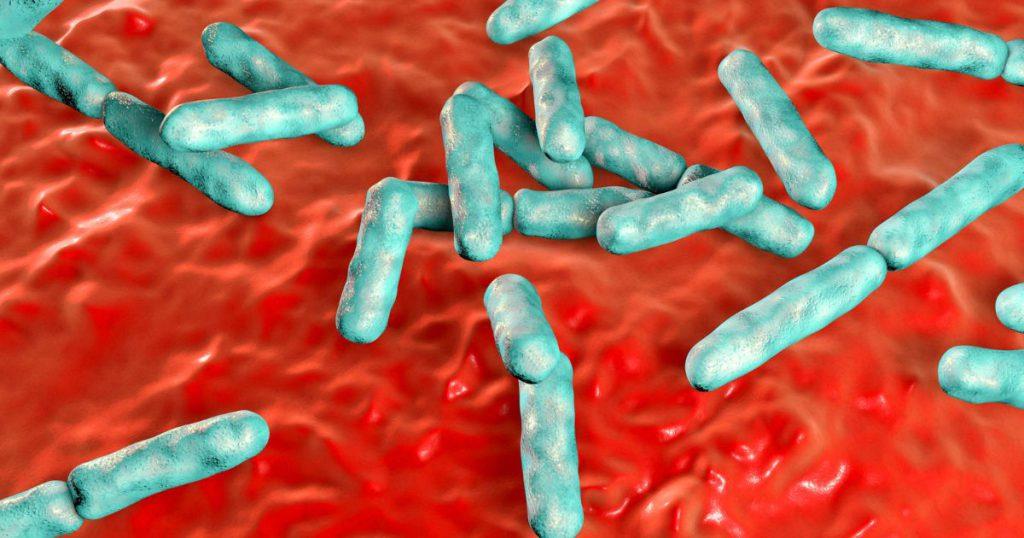
What is Bacterial Metabolism?
Now, let’s unravel the mystery of bacterial metabolism, a fascinating process that powers these tiny organisms. Bacterial metabolism refers to the chemical reactions that occur within a bacterium to maintain life. These reactions involve the breakdown of nutrients to produce energy, as well as the synthesis of necessary cellular components.
But what is the microbial metabolism energy production? It’s the process by which bacteria convert nutrients into energy. This energy is then used for various cellular processes, including growth, reproduction, and response to environmental changes. Bacterial metabolism is a complex process, but it’s crucial for the survival of these microscopic organisms.
What is Bacterial Metabolism?
- Bacterial metabolism refers to the chemical reactions that occur within a bacterium to maintain life.
- These reactions involve the breakdown of nutrients to produce energy.
- The energy is used for various cellular processes, including growth, reproduction, and response to environmental changes.
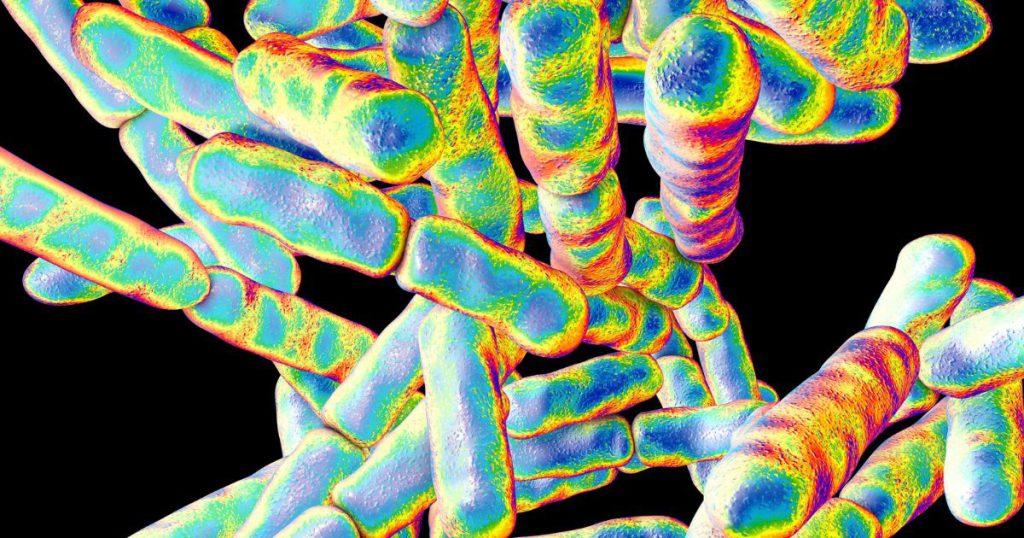
The Process of Energy Production in Bacteria
| Process | Description |
|---|---|
| Glycolysis | Breakdown of nutrients, such as sugars, to produce ATP |
| ATP Production | ATP provides energy for various cellular processes |
| Energy Production without Mitochondria | Bacteria carry out energy production in their cytoplasm through fermentation or respiration |
Energy production in bacteria is a complex yet fascinating process, let’s break it down into simpler terms. Bacteria, like all living organisms, need energy to survive. They obtain this energy through the process of metabolism, which involves the breakdown of nutrients.
But what is the process of energy production for bacteria? It begins with the intake of nutrients, such as sugars, which are then broken down through a series of chemical reactions. This process, known as glycolysis, produces a molecule called ATP (adenosine triphosphate), which provides energy for the cell.
But how do bacteria produce energy without mitochondria, the powerhouse of the cell in eukaryotic organisms? Bacteria, being prokaryotes, lack mitochondria. Instead, they carry out energy production in their cytoplasm through a process called fermentation or, if oxygen is present, through respiration.
The Process of Energy Production in Bacteria
- The process begins with the intake of nutrients.
- The nutrients are broken down through a series of chemical reactions, producing ATP.
- ATP provides energy for various cellular processes.
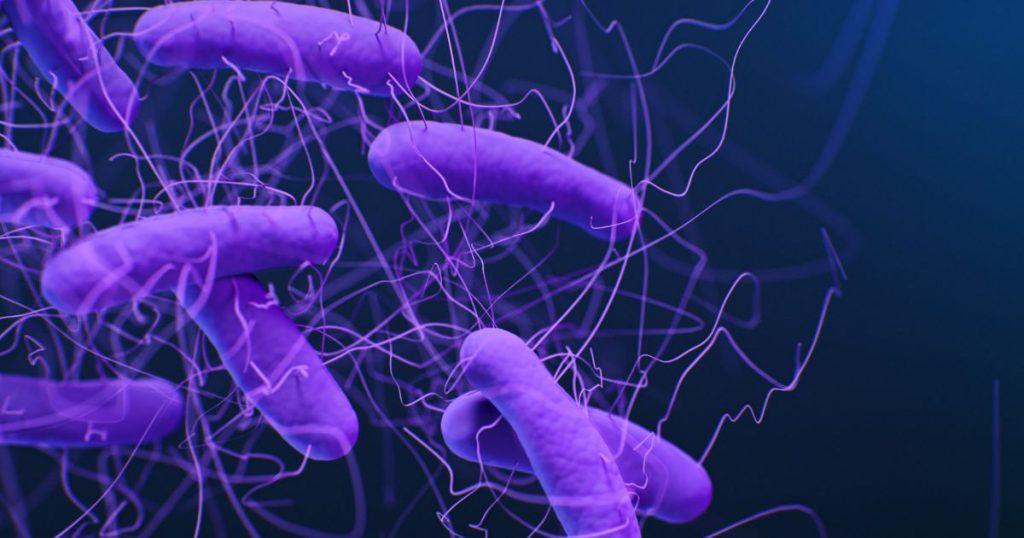
Different Types of Bacterial Metabolism
| Type of Metabolism | Description |
|---|---|
| Aerobic Respiration | Requires oxygen, very efficient, produces a lot of energy |
| Anaerobic Respiration or Fermentation | Occurs in the absence of oxygen, found in bacteria living in environments where oxygen is scarce |
Not all bacteria are created equal, especially when it comes to their metabolism. Some bacteria, known as aerobes, require oxygen to produce energy. They carry out a process known as aerobic respiration, which is very efficient and produces a lot of energy.
But how do bacteria make energy without oxygen? Some bacteria, known as anaerobes, can produce energy in the absence of oxygen through a process called anaerobic respiration or fermentation. These bacteria are often found in environments where oxygen is scarce, such as deep in the soil or in the human gut.
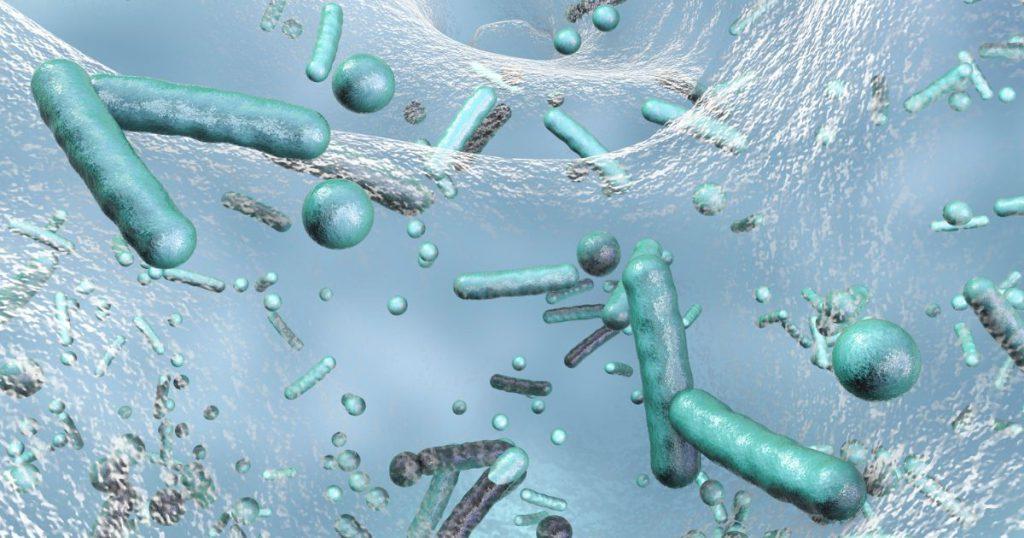
The Role of Bacterial Metabolism in Human Health
| Role | Description |
|---|---|
| Digestion | Bacteria in our gut help break down food |
| Vitamin Production | Some bacteria help produce vitamins that our bodies need |
| Immune System | Bacteria play a role in our immune system, helping to protect against harmful bacteria |
Bacterial metabolism isn’t just about bacteria, it plays a significant role in our health too. The bacteria in our gut, for example, help break down food and produce vitamins that our bodies need. They also play a role in our immune system, helping to protect against harmful bacteria.
But what is the role of ATP in bacterial metabolism? ATP is the energy currency of the cell, and it’s as important for bacteria as it is for our own cells. Bacteria use ATP for all sorts of processes, from movement to reproduction to communication.
And what is the role of microbes in energy production? Microbes, including bacteria, are crucial for energy production in many ecosystems. They help break down organic matter, releasing nutrients and energy that can be used by other organisms.
The Role of Bacterial Metabolism in Human Health
- Bacteria in our gut help break down food and produce vitamins.
- They play a role in our immune system.
- Bacteria use ATP for all sorts of processes, from movement to reproduction to communication.
Bacteria are the only culture some people have.
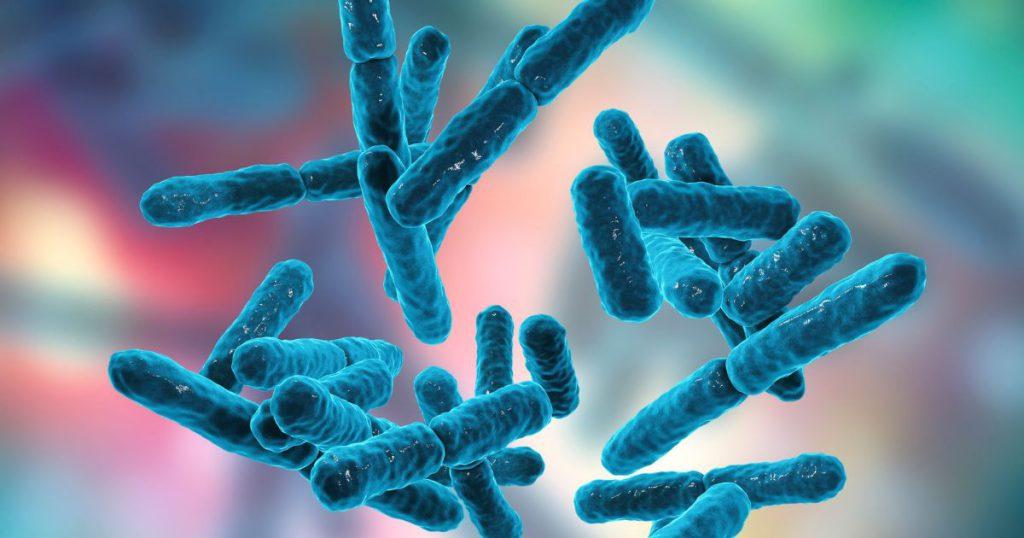
Conclusion
Understanding bacterial metabolism and energy production opens up a new perspective on these tiny, yet powerful microorganisms. It’s a complex world, full of intricate processes and fascinating adaptations. By studying bacterial metabolism, we can gain insights into the fundamental processes of life, and perhaps even find new ways to harness these processes for our own benefit.
This post is part of my Bacteriology category. Also check out my index page on Bacteriology.
Other pages of interest: Bacterial structure and cell morphology and Bacterial growth and reproduction
Disclaimer: This article is intended for informational purposes only. It is not meant to be a substitute for professional medical advice, diagnosis, or treatment. Always seek the advice of your physician or other qualified health provider with any questions you may have regarding a medical condition.
Frequently Asked Questions
What is the process of energy production for bacteria?
The process of energy production for bacteria involves the breakdown of nutrients, such as sugars, in a series of chemical reactions. This process, known as glycolysis, produces a molecule called ATP (adenosine triphosphate), which provides energy for the cell.
What is the microbial metabolism energy production?
Microbial metabolism energy production refers to the process by which microbes, including bacteria, convert nutrients into energy. This energy is then used for various cellular processes, including growth, reproduction, and response to environmental changes.
What is the role of ATP in bacterial metabolism?
ATP, or adenosine triphosphate, plays a crucial role in bacterial metabolism. It is the energy currency of the cell, providing the energy needed for various cellular processes, from movement to reproduction to communication.
What is microbial metabolism and energy use?
Microbial metabolism refers to the chemical reactions that occur within a microbe to maintain life. These reactions involve the breakdown of nutrients to produce energy, as well as the synthesis of necessary cellular components. The energy produced is then used for various cellular processes.
How does ATP provide energy during metabolism?
ATP provides energy during metabolism by undergoing a reaction that breaks off one of its three phosphate groups. This reaction releases energy that can be used for various cellular processes.
How do bacteria produce energy without mitochondria?
Bacteria, being prokaryotes, lack mitochondria. Instead, they carry out energy production in their cytoplasm through a process called fermentation or, if oxygen is present, through respiration.
What is the role of microbes in energy production?
Microbes, including bacteria, play a crucial role in energy production in many ecosystems. They help break down organic matter, releasing nutrients and energy that can be used by other organisms.
How do bacteria make energy without oxygen?
Some bacteria, known as anaerobes, can produce energy in the absence of oxygen through a process called anaerobic respiration or fermentation.
Why do bacteria need energy to grow?
Bacteria need energy to grow because growth involves a number of energy-demanding processes, including the synthesis of new cellular components and the replication of DNA. The energy needed for these processes is provided by the metabolism of nutrients, which produces ATP.
Further reading
Bacterial Metabolism – Medical Microbiology – NCBI Bookshelf
Sean Schepers is a third-year Medical Technology student at Mahidol University with a passion for all things health and medicine. His journey into the world of medicine has led him to explore various fields. Sean's blog posts offer a unique perspective, combining his academic insights with personal experiences. When he's not studying or blogging, Sean enjoys keeping up with politics and planning his future career in medicine.
In addition to his studies, Sean serves as the chairman of the Rights, Liberties, and Welfare Committee, a role that reflects his commitment to advocacy and social justice. Beyond his academic pursuits, Sean offers tutoring services in English and Biology, further demonstrating his dedication to education and mentorship. His journey is one of continuous discovery, and he invites others to join him as he explores the dynamic and transformative world of medical technology.

